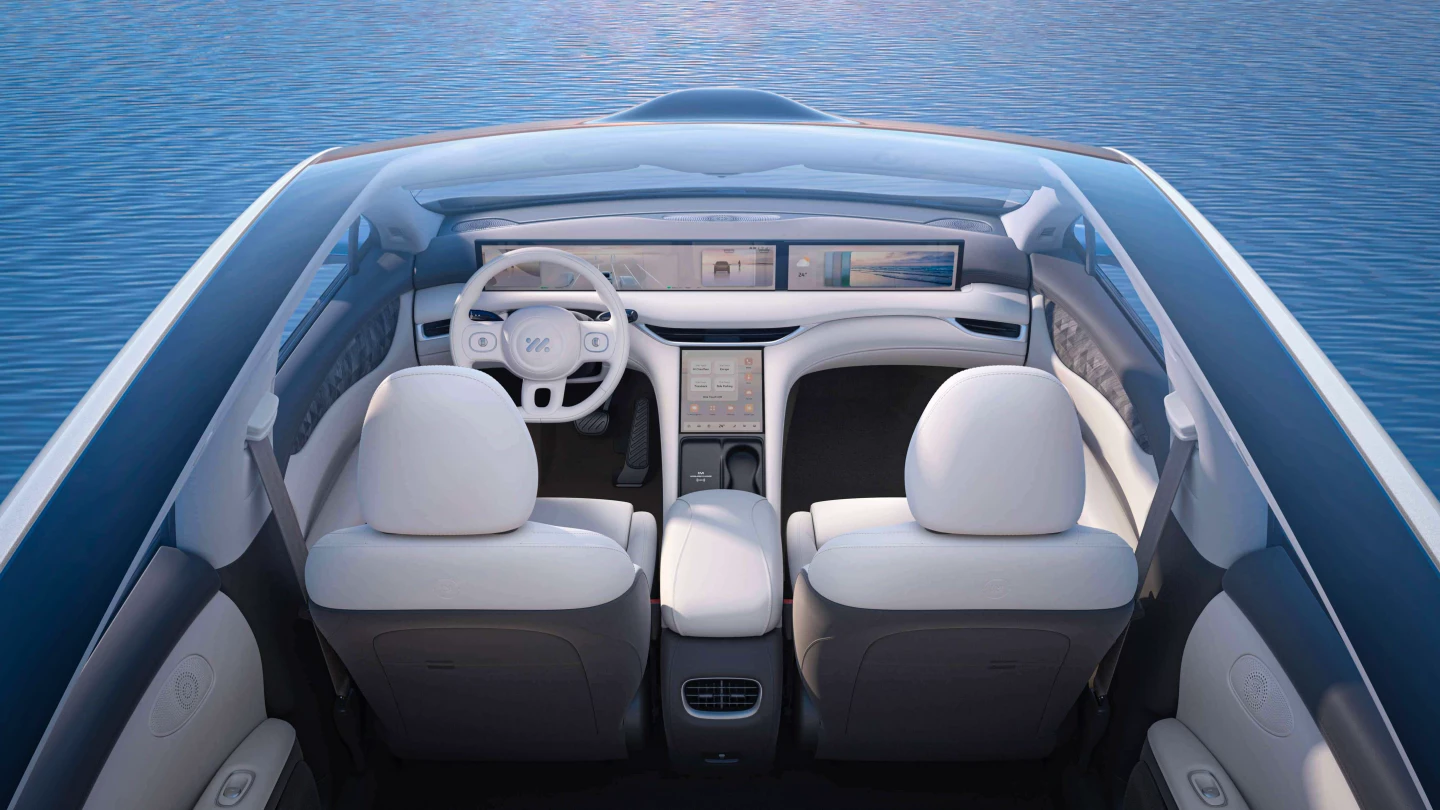IM motors has decided that semi solid-state batteries are ready for prime time. In an omen of what Western automakers will need to contend with, it's now launched a futuristic luxury coupe with a next-gen battery pack and crab-walking capability.
The high-density lithium batteries we enjoy today were an absolute technological revolution. They blew rechargeable nickel-cadmium and nickel-metal-hydride batteries out of the water, offering such a leap in energy storage by weight and volume that suddenly all sorts of things became possible.
Smartphones, all-day laptops, drones, electric cars, skateboards, motorcycles, scooters, electric aircraft, eVTOLs, ebikes... Suddenly, you could carry enough energy in a safe, reliable, high-input, high-output format that all these ideas became (or are becoming) world-changing products at an epic scale.
But of course, as amazing as anything is in the modern world, we quickly find the new limits and start getting annoyed about them. Solid-state batteries are among a number of contenders for the title of "next big thing" in the battery world, promising another leap forward in energy density. Their solid electrolytes theoretically allow them to store much more energy per weight and volume than the liquids in conventional batteries, as well as being potentially safer and operating much better in sub-zero temperatures.

The issues delaying solid-state packs from mass adoption have been around power density – how hard you can run them and how fast you can charge them – as well as cost, durability and cycle life; the range of boxes you need to tick for a useful mass-market battery is pretty crazy. Still, EV manufacturers are very eager to get these things happening; Honda, Nissan and Toyota in particular have oriented their future plans around the idea.
But China has taken a big bite out of getting these things up and running right now, at ludicrous Chinese scale and prices. The debut comes as part of the all-new IM L6 sedan, a rolling engineering lab loaded with the most bleeding-edge technologies IM – and parent company SAIC – have at their disposal.
IM calls the battery pack in question "Lightyear" and offers it as the power source for the ¥330,000 (approx. US$45,600) flagship L6 Lightyear Max. It's not a strictly zero-fluid solid-state chemistry, instead utilizing a semi-solid layout that includes solid material suspended in a liquid electrolyte. It's a step toward the solid-state future, though.

The 900-V Lightyear pack has a capacity of 130 kWh for a total range estimated to exceed 1,000 km (620 miles) on China's CLTC testing cycle. Just as impressively, it's said to be capable of adding 400 km (249 miles) of range in just 12 minutes when wired up to a properly quick ultra-fast charger.
Beyond those range-topping power cells, the L6 has its foundation on a new digital chassis with multi-system Vehicle Motion Control. China likes its cars with cartoon-like motion capability, and the digital chassis rolls together four-wheel steering, intelligent electronic damping, air suspension, and additional hardware to enable moves like crab-walking tight corners and diagonally sliding in place of parallel parking.
It's a nice-looking thing, with a futuristic white interior and expansive touch screens all competing for your grubby finger smudges. The exterior sends a few nods and winks towards Germany and Korea. It's a tidy and fun-looking design.

It's also less than US$32,000 (RMB 230,000) as a starting price, and around US$45,000 (RMB 330,000) when fully decked out with the fancy battery in the L6 Max Lightyear Edition. Those are Chinese prices, obviously, but they illustrate the enormous advantages of scale and cheap labor that China wields. With a colossal domestic market to address, that's where a lot of the focus is going. But nobody can do scale like China, and cars like the L6 give a glimpse of the formidable competition the rest of the world needs to prepare for.
Source: IM Motors







